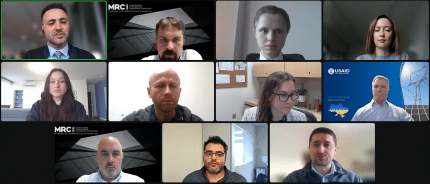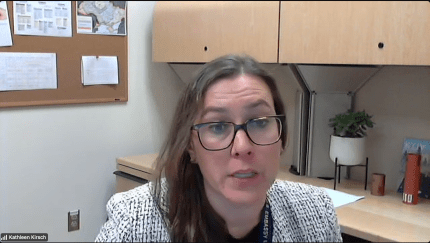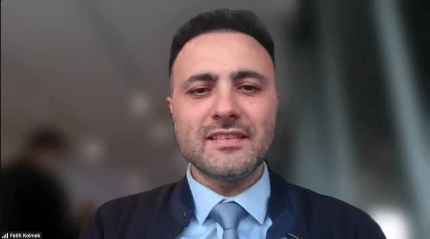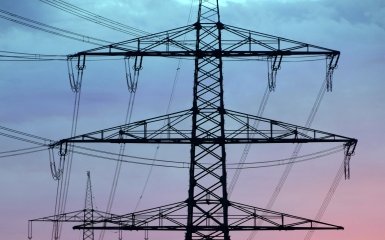Increasing the share of distributed generation (DG) is an alternative for reliable power supply to critical infrastructure consumers in the Integrated Power System of Ukraine (IPSU) and increases grid resilience. DG deployment requires a strategic approach to commissioning, resource optimisation, process standardisation, and short-, medium-, and long-term planning to accelerate DG deployment across the country.
On 9 November, the USAID Energy Security Project (ESP) held a kick-off meeting for a project aimed at improving the reliability of electricity supply through distributed generation in Ukraine. Its goal is to strengthen the security of energy supply and continuously improve the resilience and efficiency of the IPS of Ukraine.

In her welcoming speech, Kathleen Kirsch, Energy Team Leader at the USAID/Ukraine Office of Economic Growth, stressed the importance of distributed generation in the current circumstances and noted that various solutions, including sustainable options, are being implemented.
I believe that increasing the reliability of power supply to critical consumers, as well as increasing the flexibility to continue operating under different grid topologies, is crucial in the current environment of continuous shelling. Microgrids and their various modes of operation, such as synchronous operation with the public grid, islanded operation and isolated operation with a single unit, are a smart option for deploying distributed energy resources with a variety of technologies, including but not limited to thermal, renewable and energy storage," said Kathleen Kirsch.

Artem Pasko, a representative of Ukrainian Distribution Networks (UDN), which carries out corporate governance of state-owned stakes in joint-stock companies engaged in electricity distribution, thanked USAID and its Energy Security Project for their support.
Our company includes six distribution system operators in different regions that continue to fight for the future of their grids, and their power engineers are working under artillery, rocmissiles and drones to keep the grid running. Therefore, in these challenging times, our priority for the coming years is to continuously improve the security, resilience and flexibility of the power system, increase distributed generation and energy storage systems to achieve energy security, save power engineers and consumers," said Artem Pasko.
Mykola Larin, Head of the Production and Technical Service at Mykolaivoblenergo, expressed his gratitude to USAID and all the parties involved.
This is a good opportunity to address the current problems caused by Russia's invasion of Ukraine in Mykolaiv Oblast and its power grids, said Mr Larin.
Fatih Kolmek, USAID ESP Energy Sector Director, added that the project team understands very well the challenges faced by distribution system operators (DSOs) and assured that the technical study and methodological approach of the "Enhancing Electricity Supply Resilience through Distributed Generation" project can be applied by DSOs in all oblasts.

The main part of the meeting was devoted to a presentation by MRC Group, a subcontractor in this activity, which will propose a methodology for developing a technical and cost analysis of the microgrid in the Ukrainian power system.
Gohan Tosun, Director of Technology and Smart Grids, presented a detailed project implementation plan. "This is a very interesting project for us, not only from a technical point of view, but also as a pilot study that can be replicated in other areas and help Ukrainian citizens cope with emergencies. So we are happy to be a part of it, said Gokan Tosun.
The project "Enhancing Resilience of Electricity Supply through Distributed Generation" sets an ambitious timeframe, which requires a detailed plan to achieve. Such a plan was presented during the meeting:
Methodology and cost analysis – development of a comprehensive methodology that includes various steps, from consumption and coverage forecasting to modelling and analysis of technical parameters.
Conceptual design and technical specifications – a comprehensive description of technical requirements for the system, performance standards, equipment specifications, technical documentation, evaluation criteria, etc.
The next step will be the creation of working groups that will start to work consistently on the implementation of each stage of the project, said Fatih Kolmek, summing up the results of the founding meeting.

